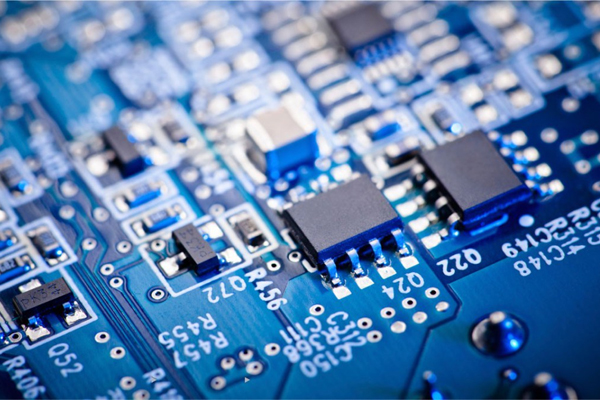



|
Tweet
Pin
It
|
VLSI which means 'Very Large Scale Integration' is all about Integrated Circuit (IC) design. Usually we call it as Chip design. Integrated circuits or IC chips are semiconductors which contain numerous pathways, which connect thousands or even millions of transistors and other electronic components. Integrated circuit design, or IC design, is a subset of electrical engineering and computer engineering, encompassing the particular logic and circuit design techniques required to design integrated circuits, or ICs. In IT-parlance, the chip is the wafer thin slice of silicon that forms the base for an integrated circuit.
Engineering students who want something more challenging and creative than a routine software job can choose this field. Electronics students who are good at programming with strong mathematical and analytical background, are well suited for this career area. Chip design is a field with continuous changing technology, which envisages the need for constant technological and innovational up gradation. Hence one must continue studying as a routine process, to keep up with the ever changing scenario.
Chip designers are basically design engineers who define the chip's architecture, create circuit designs, run simulations, supervise layout, tape out the chip to the foundry and evaluate the prototype once the chip comes back from the laboratory. Chip designers work to make faster, cheaper and more innovative chips that can automate parts or the entire function of electronic devices. A chip design engineer's job ranges right from the architecture, logic design, circuit design and physical design of the chip to the testing and verification of the final product. So a chip architect visualises the product, do complete research or study about it, measure the cost against estimated markets for the chip. The two popular languages being used today for chip designing are Verilog and VHDL.
Over all there is great potential for Chip Design. There is a demand for chips in every sector, be it automobiles, consumer electronics or high-end servers. In our daily life too, the role of these chips are very significant. Chips are present in most of the electronic appliances which we use everyday, from mobiles, remote of TV to dishwashers and so on.
The most rewarding aspect of a career in VLSI / Chip design is, however, the advantage of a sense of ownership of what is developed. The ability to get patents and the scope available for applied research and publication make Chip design a dream career for many engineers.
Educational
An entry-level engineer in IC design would at the very least possess a B.E or Bachelor of Technology in Electronics, Telecommunications or Computer Science. You could either go for a M Tech or PG in the subject or take up short-term courses. At times Chip design is offered as a subject along with Electronics Engineering. Apart from IC-related knowledge, one should also have knowledge of assembly level programming and 'C' programming.
Personnel attributes
One should have sound knowledge of both computer software and hardware. He/she must have strong analytical and problem solving skills, communication skills and ability to excel in a team environment. Must be self motivated, adaptive, patient, logical and analytical as well as be able to evaluate situations and take quick decisions.
Tags
engineering career
Find it Useful ? Help Others by Sharing Online
Comments and Discussions |
Related
Career Options
|
|||
|
|